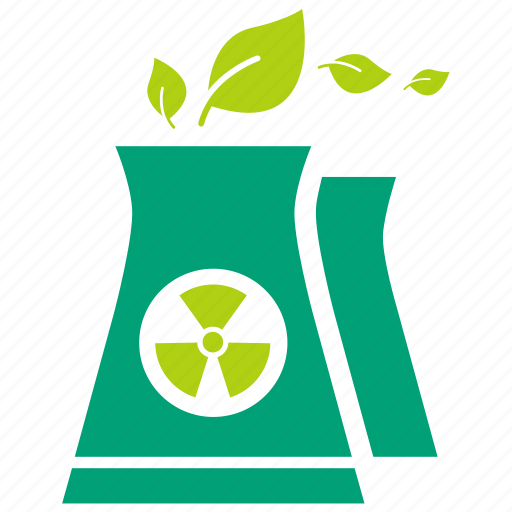Source: https://www.world-nuclear-news.org/Articles/Italy-s-electricity-could-be-20-from-nuclear-by-20
Italy’s Minister for Environment and Energy Security, Gilberto Pichetto Fratin, has set out the possible scale of capacity if the country decides to resume a nuclear power programme.
Fratin, pictured above, speaking at the Global Energy Transition Congress in Milan, Italy, said: "By launching Italy’s platform for sustainable nuclear power, we have started an evaluation process, of course after 2030, on the possible resumption of nuclear power in Italy. We intend to do so by implementing the new sustainable nuclear technologies currently being developed, in particular small modular fission reactors and, in the long-term, through fusion power.
“Nuclear and fusion will complement the increasing penetration of energy production from renewable sources and other low carbon solutions. We expect to be able to reach about 8 GW from nuclear power by 2050, covering more than 10% of the nation’s electricity demand. This percentage may increase to over 20-22% by fully exploiting the potential of nuclear power in our country.”
Italy’s government included the potential nuclear capacity - the conservative 11% of capacity option and the ambitious 16 GW/20-22% of capacity - in its National Integrated Energy and Climate Plan which was submitted to the European Commission on Monday. That document also says Italy aims to have 131 GW of power from renewables by 2030 - 79 GW solar, 28 GW wind, 19 GW hydro, 3 GW bioenergy and 1 GW from geothermal sources.
A spokesman for Italian-founded innovative reactor developer Newcleo called the announcements a “good step forward” and noted the focus was on the potential of small and advanced modular reactors and also that a key part of the Italian government’s submission was that the estimated cost of achieving climate goals by including nuclear was EUR17 billion (USD18.2 billion) lower than achieving it without the contribution from nuclear.
The background
Italy operated a total of four nuclear power plants starting in the early 1960s but decided to phase out nuclear power in a referendum that followed the 1986 Chernobyl accident. It closed its last two operating plants, Caorso and Trino Vercellese, in 1990.
In late March 2011, following the Fukushima Daiichi accident, the Italian government approved a moratorium of at least one year on construction of nuclear power plants in the country, which had been looking to restart its long-abandoned nuclear programme.
The public mood has changed since then, and in May 2023, the Italian Parliament approved a motion to urge the government to consider incorporating nuclear power into the country’s energy mix. In September, the first meeting was held of the National Platform for a Sustainable Nuclear, set up by the government to define a time frame for the possible resumption of nuclear energy in Italy and identify opportunities for the country’s industrial chain already operating in the sector.
There are a variety of emerging plans for nuclear energy in Italy, including Edison last October announcing its ambition to construct two nuclear power plants based on EDF’s SMR technology between 2030 and 2040 “if the conditions are created for its return to Italy”.
@Emil OK, it’s a start. Once regulatory and economic processes are in place, there will be an option to become much more ambitious here, depending on how other plans turn out. Good.


